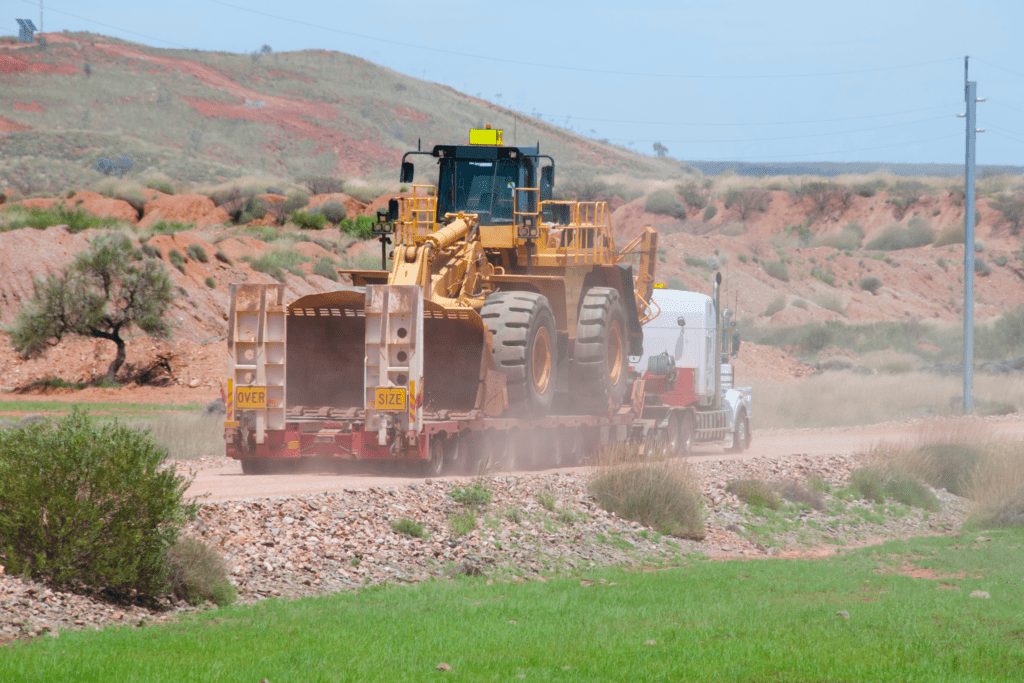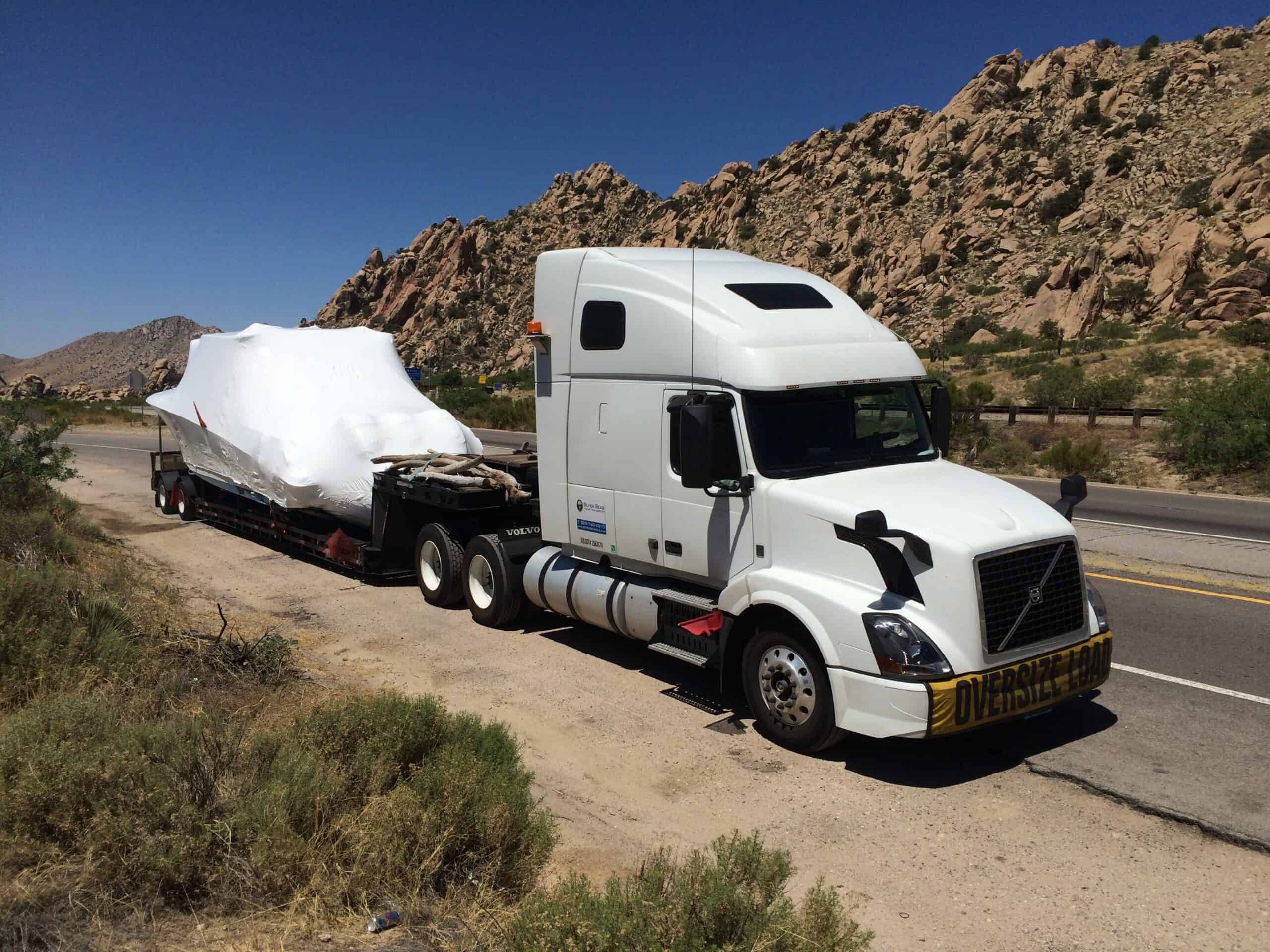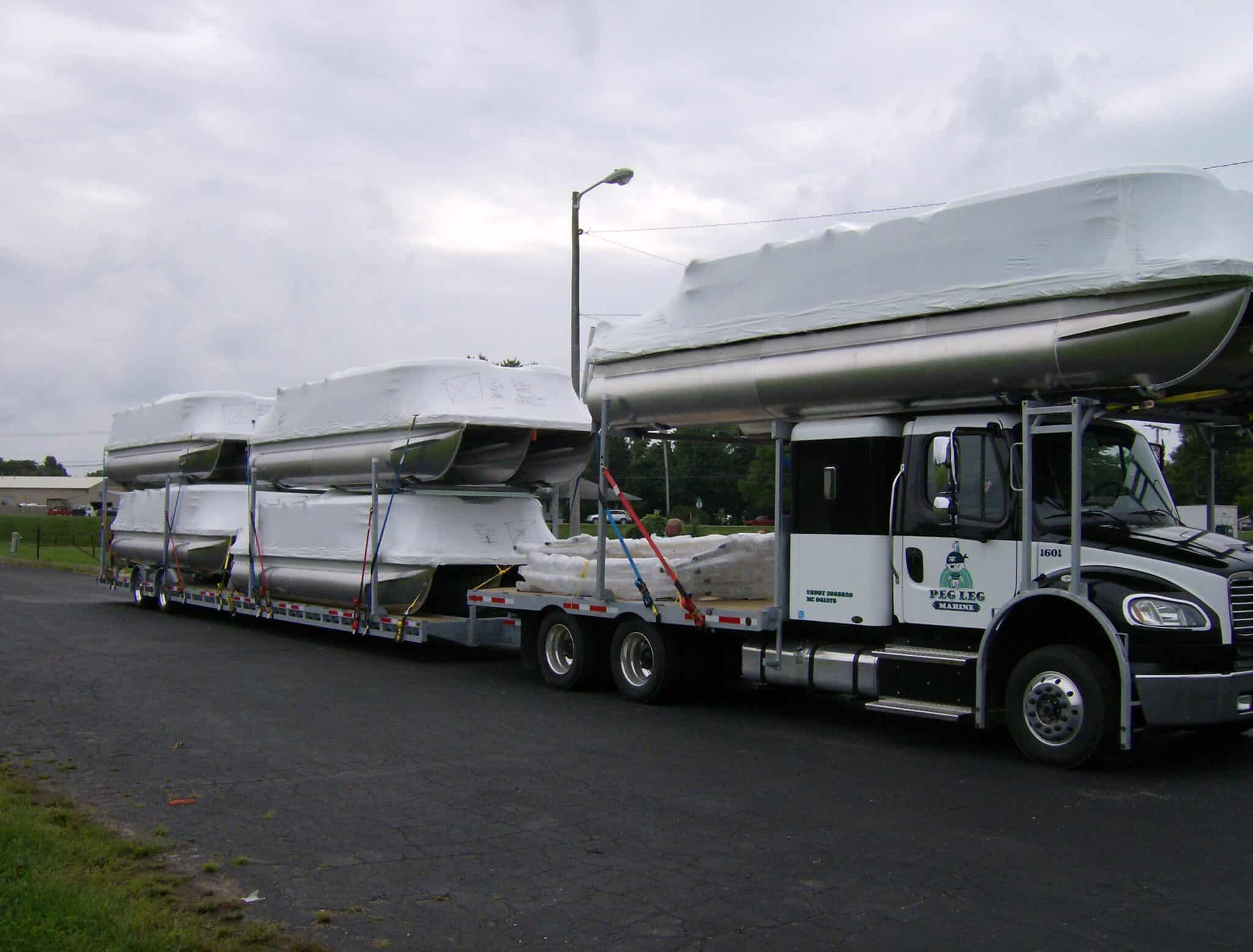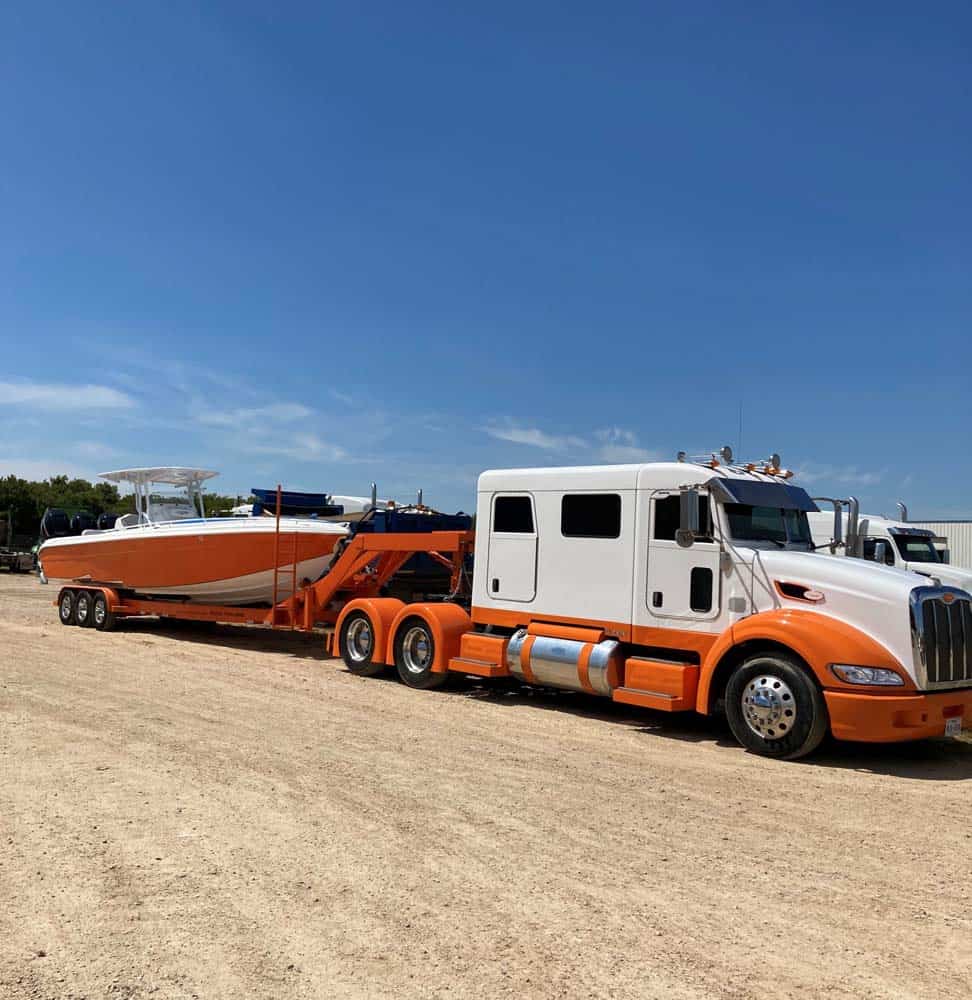Lowboy Trailers Unraveled: Comparing Different Types for Your Hauling Needs

Navigating the world of heavy equipment transportation can be a daunting task, especially when faced with various trailer options. Lowboy trailers are a popular choice for hauling oversized loads, but it’s essential to understand how they differ from other types of trailers like RGN, flatbed, double drop, step deck, and gooseneck. In this comprehensive guide, we’ll dive into the key differences between lowboy trailers and their counterparts, helping you make an informed decision that will best suit your hauling needs.
Outline:
1. What is the Difference Between Lowboy and RGN Trailers?
2. What is the Difference Between Lowboy and Flatbed Trailers?
3. What is the Difference Between Lowboy and Double Drop Trailers?
4. What is the Difference Between Lowboy and Step Deck Trailers?
5. What is the Difference Between Lowboy and Gooseneck Trailers?
What is the Difference Between Lowboy and RGN Trailers?
Lowboy trailers and Removable Gooseneck (RGN) trailers are both designed to transport heavy and oversized equipment. The primary difference between the two lies in their design and loading capabilities. Lowboy trailers have a fixed gooseneck, while RGN trailers feature a removable gooseneck, allowing the front of the trailer to be detached and lowered to the ground for easy loading and unloading. RGN trailers offer greater versatility for accommodating taller loads, while lowboys are typically more cost-effective and easier to maneuver.
What is the Difference Between Lowboy and Flatbed Trailers?
Flatbed trailers are a common choice for transporting various types of cargo, including construction materials, machinery, and vehicles. Unlike lowboy trailers, which have a lower deck height to accommodate taller loads, flatbed trailers feature a level, open platform without sides or a roof. Lowboy trailers are better suited for hauling oversized and heavy equipment, while flatbed trailers offer more versatility for carrying a wider range of cargo types.
What is the Difference Between Lowboy and Double Drop Trailers?
Double drop trailers, also known as lowbed trailers, are similar to lowboy trailers in that they are designed to transport heavy and oversized loads. The main difference between the two is the deck configuration. Double drop trailers have a raised front and rear deck with a lower central deck, while lowboy trailers have a continuous low deck. This design difference allows double drop trailers to carry taller loads with a lower center of gravity, offering increased stability during transport.
What is the Difference Between Lowboy and Step Deck Trailers?
Step deck trailers, also known as drop deck trailers, are designed to carry tall loads that exceed the legal height limits for flatbed trailers. They feature a two-level deck, with a higher front section that steps down to a lower rear section. While both lowboy and step deck trailers can accommodate tall loads, lowboy trailers generally offer a lower deck height, making them more suitable for transporting exceptionally tall or heavy equipment. Step deck trailers are more versatile and can carry a wider range of cargo types, including palletized goods and machinery.
What is the Difference Between Lowboy and Gooseneck Trailers?
Gooseneck trailers are a type of hitch trailer that connects to the towing vehicle via an adjustable gooseneck hitch in the bed of the truck. They come in various designs, including flatbed and enclosed models. Lowboy trailers, on the other hand, are specifically designed for transporting oversized and heavy equipment. The main difference between the two is their intended use and design features. Gooseneck trailers offer greater versatility for carrying different cargo types but may not be suitable for extremely heavy or tall loads that require the specialized design of a lowboy trailer.
In conclusion, understanding the key differences between lowboy trailers and their counterparts is crucial when selecting the right trailer for your hauling needs. By considering factors such as cargo type, size, weight, and loading requirements, you can make an informed decision that will ensure the safe and efficient transportation of your heavy equipment. Remember to always prioritize safety and adhere to local regulations when choosing the perfect trailer for your specific needs.
Why Join VeriTread as a Transport Provider?
VeriTread has 100’s of loads that you won’t find anywhere else with new loads listed every day. When you complete a profile on VeriTread, we learn detailed information about your equipment, your capabilities, and the areas you service. We combine this information with our patent pending freight matching technology to proactively find you the best paying freight available. VeriTread is reserved only for carriers, brokers, and forwarders, who are properly bonded, licensed, and insured which reduces overall risk as well as keeps rates at a fair and profitable level.
CATEGORIES
recent posts

Anchoring Your Budget: Understanding and Managing Boat Transport Costs

Your Guide to Boat Transport Regulations and Permits


